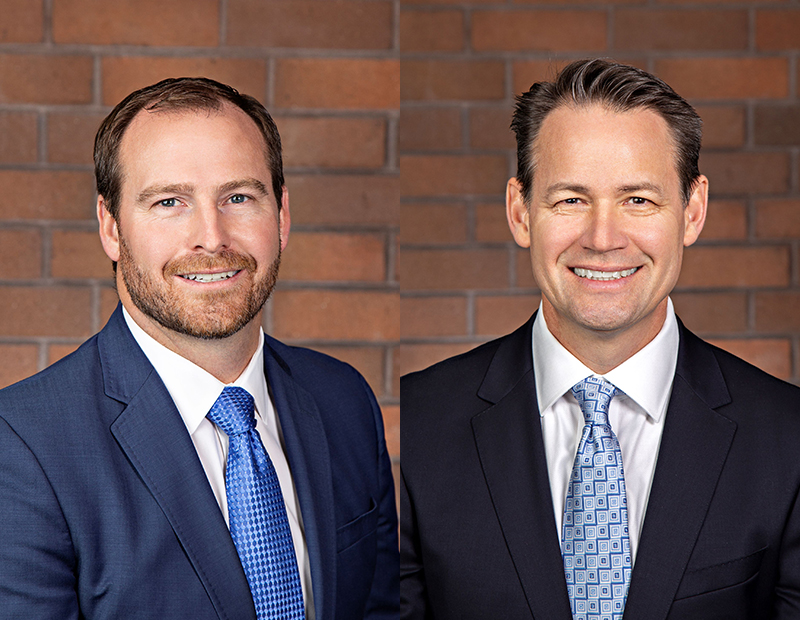5 Ways to Operate Properties More Efficiently
How property management teams can most effectively use data analytics to assess building performance and boost the bottom line.
By Diane Vrkic
 As the real estate sector shifts focus beyond traditional revenue streams to find other ways to improve asset returns, investors are demanding better operational performance from property managers in order to impact the bottom line. Much like generating revenue, lowering operating expenses has a positive impact on NOI and can help mitigate risk when margins are compressed. However, today the process to accumulate the data, analyze and take action to improve operational efficiencies can be complicated, siloed and time-consuming.
As the real estate sector shifts focus beyond traditional revenue streams to find other ways to improve asset returns, investors are demanding better operational performance from property managers in order to impact the bottom line. Much like generating revenue, lowering operating expenses has a positive impact on NOI and can help mitigate risk when margins are compressed. However, today the process to accumulate the data, analyze and take action to improve operational efficiencies can be complicated, siloed and time-consuming.
One cost-efficient way to support operational efficiency is investing in data analytics capabilities, which according to Deloitte’s 2017 Commercial Real Estate Outlook, is among the top enablers for growth. With the commercial real estate industry in the US spending an estimated $650 billion annually on operating expenses, using analytics to find a better way to manage these expenses can create significant value. An industry-wide decrease in operating expenses of only 1 percent would boost value by more than $105 billion.
So how can you go about creating operational efficiency?
Automate your Data Collection
The majority of property managers are extracting data from siloed and disparate systems and manually pulling into Excel spreadsheets. The data points from different systems aren’t standardized, making it hard to compare individual assets, portfolios or markets. Data is housed in different departments and not synced, with no centralized real-time access to the reports and analytics. Finding a solution that syncs with your existing platforms and helps automate data will enable your team to make better, faster and smarter decisions. It’s important to select a solution that can help organize, centralize and normalize your data.
Find a better source of truth
Go beyond your own data and research industry resources. Compare insights across markets and asset classes, and enable asset and property management teams to see their buildings’ macro-level performances. These reports can provide great insight, but with each submarket and building comes nuances that should be taken into account. You may even want to consider starting an informal peer group among comparable and competing properties to discuss insights, analyze them and inspire some friendly competition.
Collaborate
A building’s greatest asset is the teamwork that makes it operate smoothly and at peak performance in order to keep tenants happy and ultimately improve returns and NOI. Engaging the building’s team in managing operating expenses can uncover hidden value, and crowdsourcing the group’s ideas can further involve the team. Beyond an individual building’s team, regular collaboration across the portfolio can produce ideas that streamline procurement or consolidate contracts to reduce expenses. With these goals in mind, provide the team with a thought-sharing platform and keep the conversation going.
Focus
The current process of reporting inherently means there is a lag time between closing the books and receiving variance and budget reports. Sifting manually through spreadsheets risks human error and overlooked data. One way to address this is to update the reporting process so the accounting team is responsible for highlighting the largest variances before sending data to the property management team. This saves time spent sifting through the data and allows the management team to start researching variances immediately. Additionally, engaging all stakeholders in operating expense data and performance will drive better management.
Draw back the curtains
One way to build a more transparent culture is to make the roll-up report available to the entire organization. This also encourages other buildings in the portfolio to improve their own operating expense performance when they see how cost-saving efforts are driving NOI. And it allows everyone to see how their work is directly improving the asset value.
Asset and property managers are tasked with improving NOI but do not have the tools to effectively view the data and insights they need without foregoing other equally important tasks, making it nearly impossible to ensure the building is running at the highest operational efficiency. It’s clear there is value to be found on the operations side of a business, and investing in data analytics solutions that can identify the highest potential points of savings can help manage operational efficiency consistent.
Solutions available today can centralize data, provide analytics that identify opportunities and facilitate collaboration across teams. Investing in a reporting tool that consolidates relevant information to provide a portfolio-wide perspective quickly pays for itself by highlighting immediate opportunities.
Diane Vrkic is the founder and CEO of Waypoint, a premier asset management platform for performance analytics and operations management. She is a leader in such organizations as the Urban Land Institute and Building and Managers Association International, as well as in industry initiatives, such as the U.S. Department of Energy’s Better Buildings Initiative. Diane is dedicated to improving the way commercial real estate decision-makers access and use information to enhance the performance of their assets.







You must be logged in to post a comment.